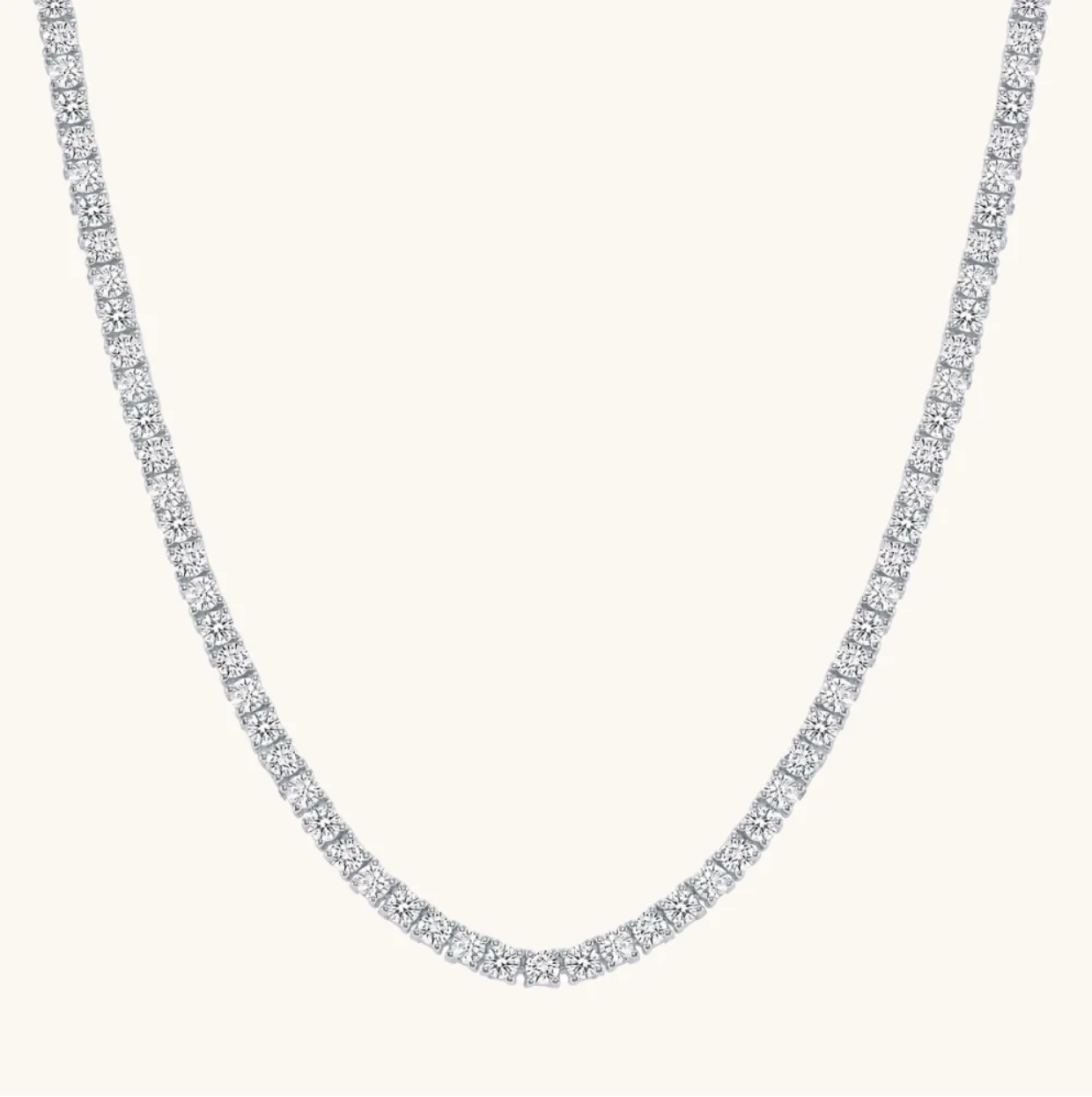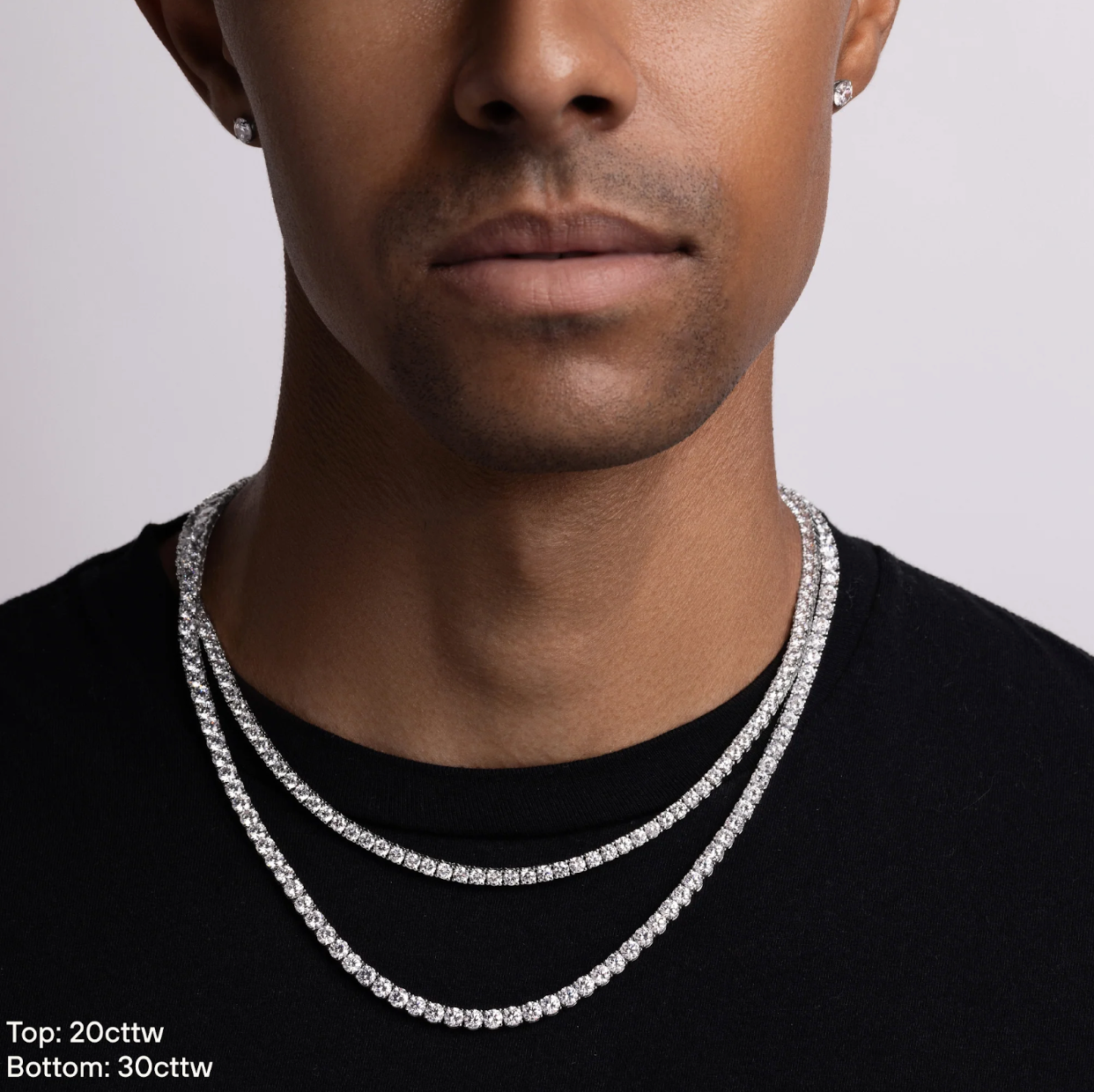Ear adornments have been worn for millennia to display everything from wealth and status to make a statement of personal style. Ear piercing is often a rite of passage for adolescents, and many families pass down beloved ear baubles for special occasions, whether that means a set of pearls worn by several generations of brides on their wedding days or a simple, stunning pair of diamond studs that add sparkle and sophistication to any occasion.
Choosing the perfect diamond stud earring will always include personal style and preferences, but there is much more to it than the “look” you prefer. To make the best decision about buying diamond earrings, you should familiarize yourself with some important characteristics of diamonds to ensure you get the best quality for your budget. Read on to learn everything you need to know about buying diamond stud earrings.
Start With the Four Cs
When it comes to buying diamond earrings, savvy shoppers will always keep the Four Cs at the forefront of their minds: carat, color, clarity, and cut.

The Four Cs are the longtime standard when buying diamond earrings (or rings or any other diamond jewelry, for that matter!). Rest assured; you do not need to be a certified gemologist to understand why these characteristics matter.
The most important thing you can do as a shopper is familiarize yourself with the basics to have an informed discussion with a reputable diamond dealer. (Pro tip: any jeweler who cannot easily answer questions about the Four Cs is one you should not do business with—take your hard-earned dollars elsewhere!)

Carat
Many people mistakenly assume that a carat is the equivalent of size; when we hear about a celebrity being gifted a lavish 8-carat diamond ring from a fiancé, we immediately picture one very large stone. However, carat technically refers to the metric weight of the diamond.
This is where science plays a big part in the diamond industry, with an incredibly specific and precise weight system. The metric weight is defined as 200 milligrams, and then the carat is subdivided into 100 points. This means the measurements are drilled down to the hundredth decimal.
Carat is indeed important when it comes to buying diamond earrings, but it does not stand alone. A higher-carat diamond may not be your ultimate choice if its cut, color, and clarity do not produce the shimmer and brilliance most people look for in this kind of “special occasion” or investment jewelry.
When purchasing a pair of studs, the carat weight is listed as total carat weight. Total carat weight can be abbreviated as cttw. or ctw. The total carat weight refers to the total weight combined between the two studs. Visibly the stones may have similar surface dimensions, however the weight can vary between the two stones. 1.00 carat total weight details the studs as about .50 carats each.
Color
Diamond color differences are often invisible to the naked eye, but they do exist. Color is a consideration when buying diamond stud earrings, and color variations play a role in a diamond’s value and price.
The D-to-Z color scale was first introduced in the 1950s and remains the standard for color grading today. The highest graded or “D” diamonds are colorless and the highest in value: they are also the rarest. At the bottom of the scale, the Z diamonds tend to have a yellowish or brownish hue.

When diamonds are assessed for color, they are always done so outside of a setting since the metal of the setting could actually influence the grading. Gold settings, for example, could make the diamond appear less yellowish.
Some customers prefer a warmer hue and are, therefore, happy with diamonds that fall closer to the Z end of the grading scale, which means they are typically less expensive. In cases like these, you might decide to “sacrifice” color to find diamond stud earrings higher in carat weight that fit into your budget.
Clarity
In addition to a color grading system for diamonds, jewelers use a clarity scale to rate the diamond’s imperfections.
These imperfections can be tiny and invisible to the naked eye, but they exist due to how the stone is formed under intense heat and pressure. Using 10x magnification, the diamond is assessed for the number of imperfections as well as their size of them and where they are located, which leads to an assignment in one of six categories on the diamond Clarity Scale:
- Flawless
- Internally flawless
- Very very slightly included
- Very slightly included
- Slightly included
- Included
We see specific types of diamonds graded in these imperfection areas, such as reflectors, knots, or feathers.
Knots on the diamond surface are described as a crystalized inclusion that can be seen where the surface and knot meet (under magnification). This kind of imperfection plays a role in the diamond’s durability, so it is important to consider it in purchasing any diamond.
A reputable diamond dealer will be upfront about all aspects of the 4 C’s and should give you a thorough understanding of how a diamond’s clarity plays into its value, price, and expected durability over time.
Cut
Last but certainly not least, the cut of the diamond is one of the most important considerations when buying diamond stud earrings.
Some shoppers assume “cut” is the same as shape; however, the two are different. The cut refers to the proportion of the stone’s dimensions rather than its visible “shape” (such as a pear).
The cut determines the diamond's ability to reflect light, so the brilliance of any diamond stud earrings you are considering is linked to the cut more than any of the other 4 C’s.
Even diamonds with high clarity and color ratings can be negatively impacted by a poor quality cut, resulting in dull stones and lacking brilliance.
The cut influences the diamond's overall brightness, its “fire” (or how the light is dispersed into the colors of the spectrum), and its scintillation (or how the stone’s movement creates a sparkling effect over patterns of light and dark areas).
Other Considerations: Metal, Shapes, and Styles
In addition to the Four C’s, there are a number of other considerations when buying diamond stud earrings. The metal used in any diamond setting can influence how the diamond shines and sparkles and can also play into personal preference. For example, some prefer gold-tone settings, while others opt for the opulence of platinum.
A practical consideration for choosing platinum over gold relates to skin allergies. Some people are extremely sensitive to the metals in gold alloys (nickel and copper) and should avoid yellow gold or rose gold settings. Platinum is hypoallergenic, so it will not cause irritation to the earlobes, but it will be heavier.
There are also a wide variety of shapes and styles available in diamond stud earrings, from the traditional classics such as round studs or princess cut diamonds to the unique look of cluster designs or bezel stud earrings.
Protecting Your Investment: Secure Settings
Finally, shoppers need to consider the types of backing used with any diamond stud earrings and the security of the settings. Studs should always be set with either push-backings or screw backings depending on customer preference.
The size of the backings should be proportioned to the carat size. This ensures the stud will maintain a straight appearance vs tilting downward on the ear.
High-quality diamond stud earrings will come with carefully designed backing pieces that can be counted on to keep your precious gems in place.
Diamond Stud Earrings From Happy Jewelers
At Happy Jewelers, we have diamond stud earrings to suit every style and budget, from the traditional classics like lab created or natural diamond studs to some eye-catching designs such as our Star Flower diamond studs.
We stand behind our expertly crafted earrings and can answer any questions you may have about the 4 C’s for each set we sell, and we want you to find the perfect pair, no matter your budget.
We take pride in serving and educating our customers interested in diamond stud earrings and invite you to shop our unbeatable selection or contact us today to find out about custom pieces we can create to bring your diamond dreams to life!





Share:
What’s the Most Expensive Diamond Cut?
Platinum vs White Gold: What’s The Difference?